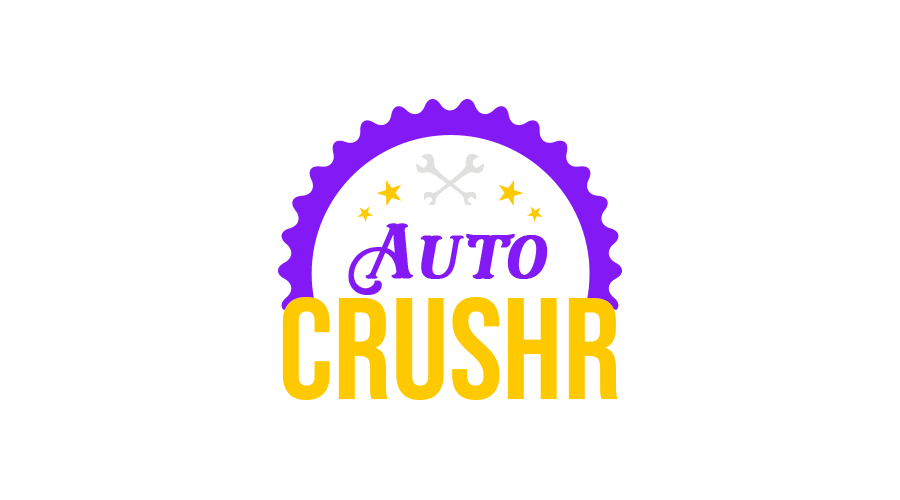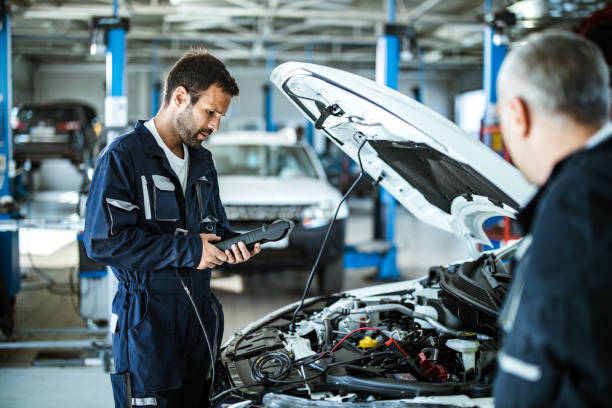Owning and operating a vehicle entails incurring repair and maintenance fees. Regular maintenance and sporadic repairs are necessary to keep your vehicles in top shape, whether you have a personal car or a fleet for your business. These charges, nevertheless, can quickly pile up and have an effect on your entire budget. The topic of repairs and maintenance charges will be covered in detail in this article, with an emphasis on vehicle repairs and maintenance. We will also talk about Tax Deducted at Source (TDS) and how it relates to maintenance and repairs.
Understanding Repairs and Maintenance Expense
- Meaning and Relevance
The costs incurred to keep automobiles in good operating condition are referred to as vehicle repairs and maintenance expenses. It covers routine maintenance, part replacements, wear-and-tear repairs, and other maintenance-related costs. In order to increase a vehicle’s lifespan, ensure its dependability and safety, and lower the likelihood of catastrophic failures, proper maintenance is essential. Vehicle owners can prevent more serious problems that can necessitate expensive repairs or replacements by promptly attending to repairs and maintenance.
- Costs of Common Repairs and Maintenance
Vehicle owners frequently experience the following types of repairs and maintenance expense:
Routine maintenance entails procedures including brake inspections, tire rotations, oil changes, and filter replacements, all of which are necessary for the regular maintenance of automobiles.
- Mechanical Repairs:
These address problems with the vehicle’s engine, transmission, suspension, brakes, or other mechanical parts.
- Electrical Repairs:
These include correcting broken wiring, changing fuses, and taking care of problems with the battery or alternator. Other electrical system-related repairs fall under this category as well.
- Body Repairs:
Vehicle owners may have to pay charges to fix dents, scratches, or other damages to the body of the vehicle as a result of collisions, vandalism, or other incidents.
- Parts Replacement:
Over time, some car parts, such tires, brake pads, belts, hoses, or filters, may become worn out and need to be replaced.
- Emergency Repairs:
Unexpected failures or malfunctions may call for urgent repairs to keep the car running.
Repairs, maintenance, and TDS
- How to Understand Tax Deducted at Source (TDS)
The government uses Tax Deducted at Source (TDS) as a method of tax collection at the source of income. It mandates that the person in charge of a particular payment deduct tax at the established rates and remit it to the government. Payments of all kinds, such as rent, interest, salary, and professional fees, are subject to TDS. Repairs and maintenance expense, on the other hand, are often exempt.
- TDS Exemptions for Repairs and Upkeep
TDS normally does not apply to expenses for repairs and maintenance. The main justification is because these costs are handled differently than capital costs; they are classified as revenue expenses. Daily expenses required to keep a business operating and maintain its current assets are known as revenue expenditures. Because they fall into this category, repairs and maintenance are exempt from TDS.
It is important to remember that tax laws can change depending on the jurisdiction and the precise kind of repairs and maintenance expenses. To ensure compliance, it is advised to speak with a tax expert or examine the pertinent tax legislation in your nation.
Managing Maintenance and Repair Costs
- Maintaining a vehicle regularly
The key to reducing the need for expensive repairs is timely and proper maintenance. Following the manufacturer’s suggested maintenance schedule, performing routine inspections, and taking care of minor concerns right away can help avoid worse difficulties and save overall repair costs.
- The Best Service Provider to Use
For repairs and maintenance expense management, choosing a trustworthy and knowledgeable service provider is essential. Look for qualified specialists or trustworthy repair shops that focus on the kind of automobiles you possess. To ensure high-quality service and reasonable pricing, read reviews and seek out referrals.
- Putting repairs and maintenance in order
If you have a lot of repairs or maintenance to do, order them by significance and urgency. Prioritize concerns that are crucial to safety or the operation of the vehicle, and then proceed to address less urgent repairs in a methodical manner. You may properly organize your budget and minimize pointless expenses by using this strategy.
- Budgeting for Repairs and Maintenance
You may successfully plan for and manage these expenses by designating a specific budget for repairs and maintenance. Think about things like how old your car is, how you use it, and whether it needs any particular maintenance. Your entire budget should include a realistic amount for repairs and maintenance to avoid financial strain in the event of unplanned expenses.
Conclusion
Ownership of a vehicle entails continual repairs and maintenance expense. You may lessen the financial impact of these charges by being aware of the types of repairs and maintenance that are frequently required and putting into practice practical techniques like routine maintenance, picking the best service providers, and setting aside enough money in your budget. While TDS typically does not apply to repairs and maintenance, it is nevertheless important to keep up with local tax laws. You can maintain your vehicles in top shape, increase their longevity, and ensure their dependability by handling repairs and maintenance preventively.



